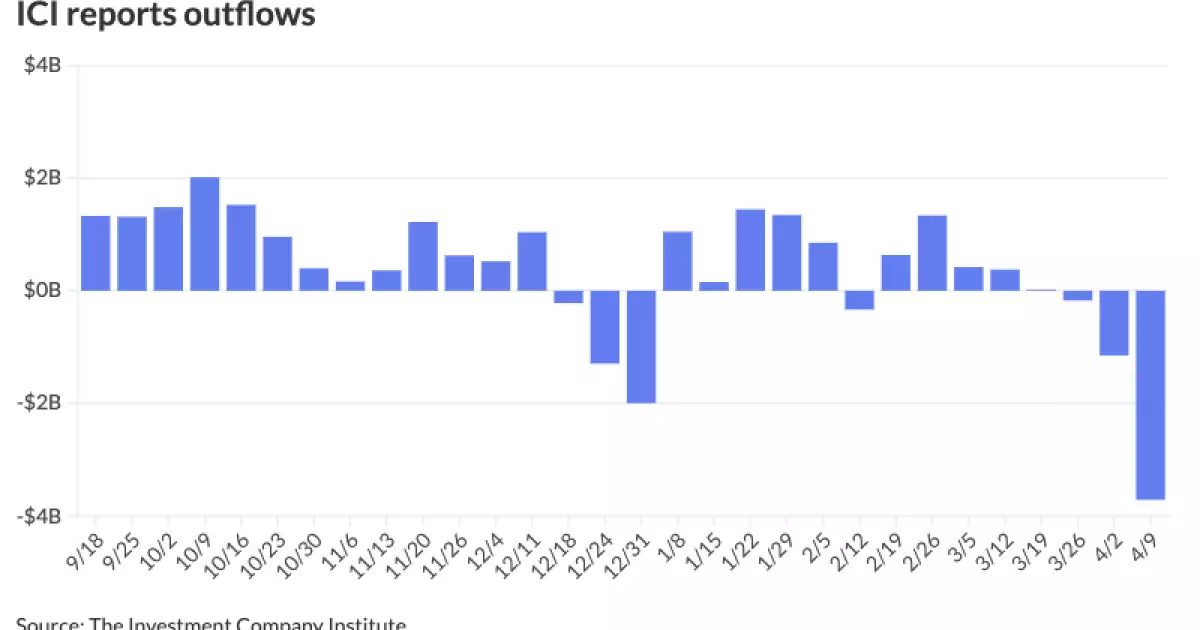In recent weeks, municipal bond markets have shown signs of stability amid a backdrop of fluctuating equity prices and falling U.S. Treasury yields. A sense of calm has begun to permeate the market after a relatively tumultuous period, prompting investors to reassess their strategies. However, the question remains: is this stability genuine or just a temporary reprieve from ongoing volatility? The reality is that while some encouraging indicators signal improvement, potential pitfalls lie beneath the surface that require careful examination.
Recent trends show municipal bond prices gaining ground over three consecutive sessions, with market players optimistically noting that prior dislocation may now be behind us. A measure of this change is evidenced by the ratios between municipal and U.S. Treasury yields — figures hovering between 78% and 95% across various maturities offer guidance to investors, with better relative value underpinning the attractiveness of municipal securities. A diligent investor should approach these apparent gains with cautious optimism rather than unbridled enthusiasm.
The Hidden Risks of Market Activity
While some analysts, such as senior fixed income portfolio manager Kim Olsan, tout the bidding activity as a clear positive in the current market, one must remain vigilant. Even with a variety of bidders reclaiming their positions, the recent spike in municipal outflows, culminating in billions of dollars in redemptions, raises a red flag. Outflows, particularly in exchange-traded funds, signal investor apprehension that could undermine market confidence if the trend continues.
Moreover, the significant jump in average daily par value traded—up to $12 billion from $10 billion last year—serves as a reminder that heightened activity alone does not guarantee robust fundamentals. A closer look reveals that AA-rated bonds are capturing approximately 55% of all trades while lower-rated credits struggle to gain traction. In a healthy market, we would expect a more even distribution among various credit qualities.
Competitive Sales and Maiden Offerings: A Dual-Edged Sword
Competitive sales have recently demonstrated firm levels, particularly evident in the deals from North Carolina and Maryland, which drew interest near parity to AAA reference levels. However, while the issuance of new municipals reflects a need for fresh capital, this reality can paint a distorted picture of market fundamentals. It is this dual-edged nature of attractiveness in yield and risk that compels investors to scrutinize upcoming issuances critically.
With mega deals looming from states like Connecticut and Massachusetts in excess of $1 billion, the appetite for new bonds may not keep pace with existing market strains. The outcome of such issuances can heavily impact pricing and demand. Investors must not only weigh the allure of higher yields but also the implications of oversupply and its effect on pricing dynamics, mindful of historical trends where increased supply has led to wider credit spreads.
The Lessons from Yield Ratios and the Upcoming Tax Day
As we near the critical April 15 tax deadline, expectations of heightened activity around ultra-short yields have borne out, with many investors rushing to secure favorable tax-equivalent yields. Olsan’s observations of exaggerated yields amid money fund redemptions are a stark reminder of the need to analyze the short-term trends within a longer timeframe.
Understanding that high-grade bonds have corrected substantially from prior lows demonstrates the importance of recognizing when market dynamics shift. The current one-year AAA MMD yield is indicative of the broader market trajectory, compelling those in higher income brackets to leverage tax equivalents that could offer substantial returns. Yet, the increasing yields come with the caveat that they might not sustain their levels if corrective measures aren’t implemented.
Final Thoughts: The Path Ahead for Investors
While the municipal bond market appears to be in a phase of constructive engagement, astute investors must remain vigilant. Various signals, from price trends to credit quality distribution, indicate a landscape ripe for scrutiny. Recent trends can be favorable in the short run, but caution is key, as reliance on mere positivity can obscure underlying risks.
Understanding these intricate dynamics is crucial, as investors navigate a market where caution may be as vital as opportunity. Therefore, while the current climate suggests a semblance of stability, it is prudent to remain wary and informed as we tread further into this evolving landscape.


Leave a Reply